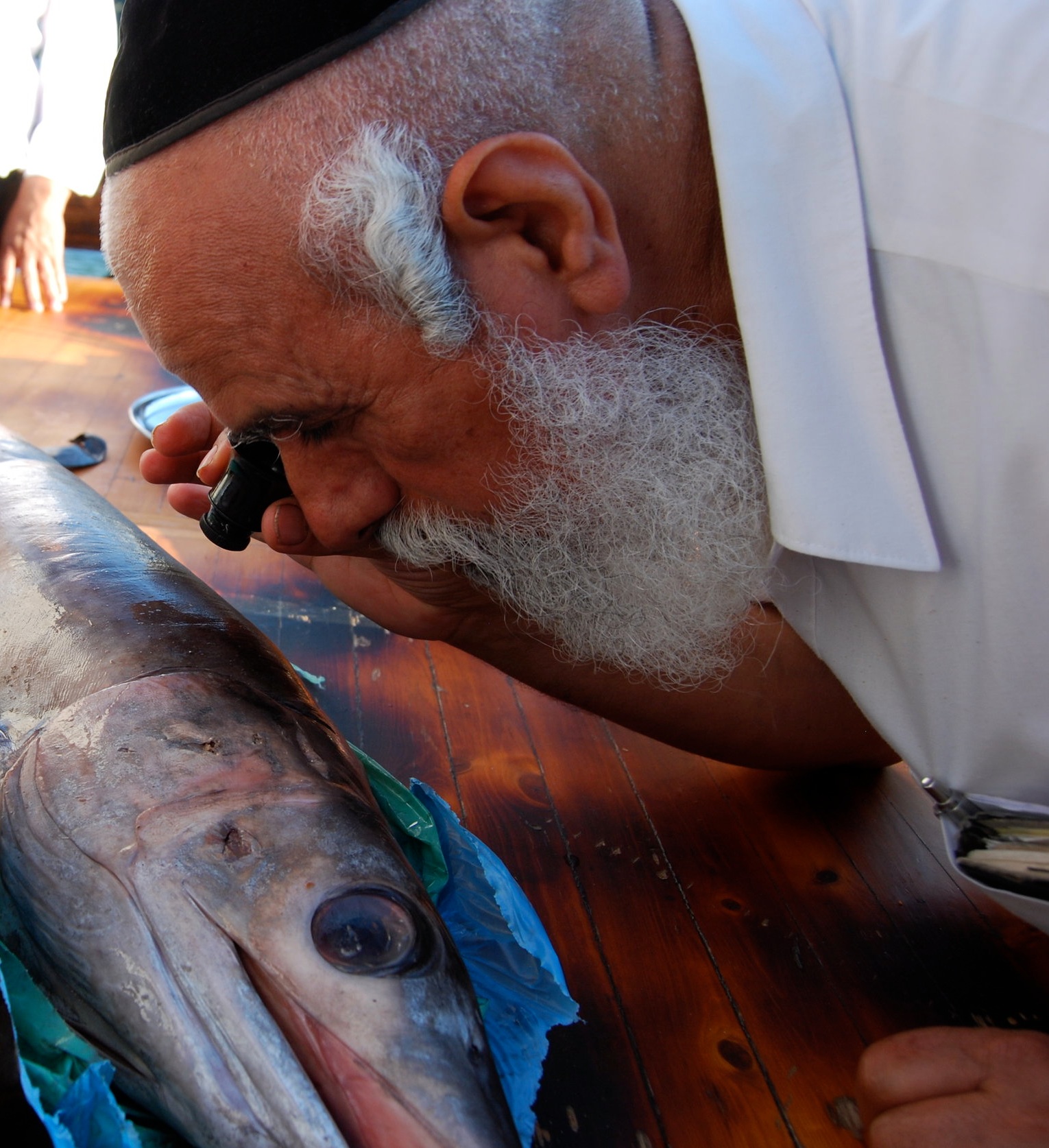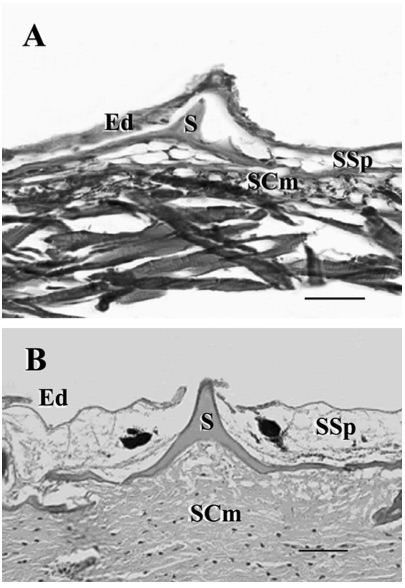חולין פז, ב
אמר רב יהודה אמר שמואל כל מראה אדמומית מכפרין ומכשירין וחייבין בכסוי… ר' אסי מנהרביל אומר בצללתא דדמאי
Rav Yehuda says in the name of Shmuel: All mixtures of blood and water that maintain a reddish and render food susceptible to contracting ritual impurity, and are included in the obligation of covering the bloodhue are considered blood and effect atonement by being presented on the altar…Rabbi Asi of Neharbil says: The statement of Rav Yehuda is referring to the clear part of the blood [ i.e., plasma. If the plasma has a reddish hue due to the blood, it has the status of blood and can render food susceptible to contracting ritual impurity].
In today’s page of talmud we find one of the earliest references to a component of the blood known today as plasma. Here is how Rashi explains what Rav Yehuda was describing:
בצללתא דדמא - באותן מים שהם מן הדם עצמן כשהוא נקרש יש סביבותיו צלול כמים ואם יש
The clear part of the blood: The liquid that is part of the blood itself. When blood clots, it is surrounded by a clear liquid…
It took another couple of thousand years for us to understand the nature of this “clear part of the blood.” Here is what you need to know.
The components of Blood
From here.
Sure, blood looks uniformly red, but if you let it stand (and not clot,) or better yet spin a sample in a centrifuge you will notice that to the naked eye it is made up of several components. At the bottom is a layer of dark red stuff, made up of red blood cells - you know, the ones that carry oxygen from the lungs around the body. On top of that is a thinner, lighter layer, made up of white blood cells that fight infection and platelets that are vital in forming blood clots. This layer is known as the buffy coat, from the word buff meaning yellowish (sort of like a manilla envelope). At the very top is a third layer with a yellowish tinge. We call that plasma, and it is what Rav Yehuda called צללתא דדמא.
What is plasma?
Plasma makes up about 55% of the blood volume, and serves several purposes. It is the medium that transports the red and white blood cells around the body, and it contains the clotting factors that well, make blood clot. Without them things can go badly for a baby boy at his circumcision (a topic we have addressed elsewhere). Plasma also contains immunoglobulins which fight infection, electrolytes, hormones and much else besides. But it cannot give you a better memory, prevent memory loss to serious diseases like dementia, improve Parkinson’s disease, or treat multiple sclerosis, heart disease or post-traumatic stress disorder. These are some of the claims of snake-oil type charlatans like this company. Just two days ago, the FDA issued a press statement alerting consumers and health care providers “that treatments using plasma from young donors have not gone through the rigorous testing that the FDA normally requires in order to confirm the therapeutic benefit of a product and to ensure its safety. As a result, the reported uses of these products should not be assumed to be safe or effective.”
“Simply put, we’re concerned that some patients are being preyed upon by unscrupulous actors touting treatments of plasma from young donors as cures and remedies. ”
(Legitimate) Plasma Donation
In the ER I would give whole blood to a patient who was leaking it out of a stab wound. But sometimes all you need to give is the plasma component. For example, in those with clotting deficiencies, plasma can stop life-threatening bleeds. That’s why it is important to donate whole blood (from which the plasma can be spun off) or just plasma (which takes longer to donate but which can be donated more frequently). If you live in the UK or, like me, lived in the UK in the 1980s, you can’t be a plasma donor, because of the fear of passing on a Creutzfeldt–Jakob like-disease, more commonly known as mad cow disease. In fact the UK imports all its plasma from the United States for this very reason.
For the rest of you who can donate, let the mention of plasma in today’s daf yomi prompt to go and donate some blood or plasma. Tell the medic you are donating in honor of page 87 of the Tractate Chullin. Rav Yehuda would be very proud.









